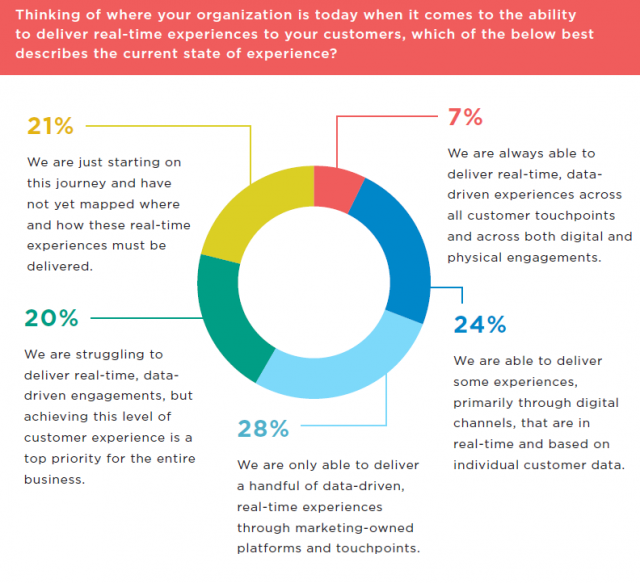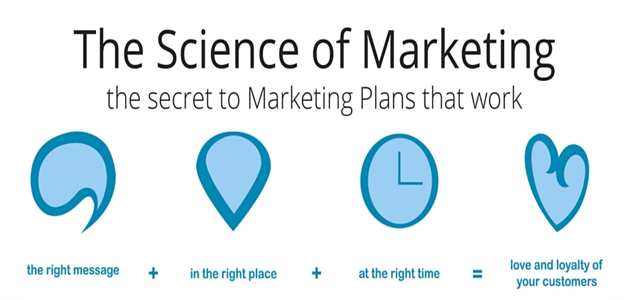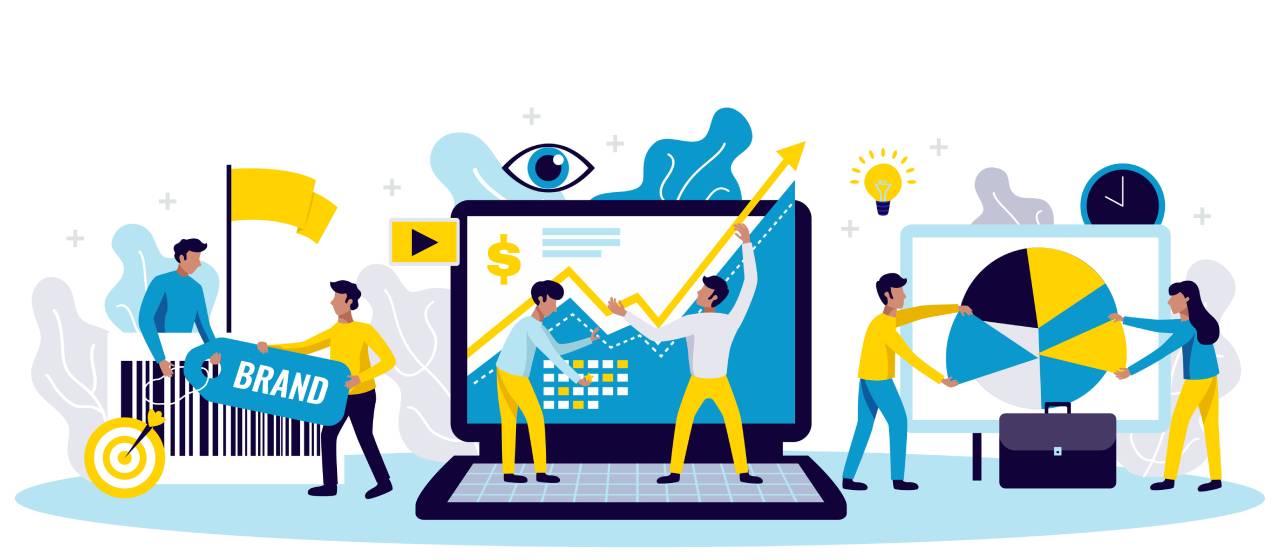Are We Shifting From Real-Time Marketing to “Right-Time” Marketing?
This digital era is moving at blazing speed, all thanks to the rapidly growing technology!
If you own a business, be it a startup or an established firm, you have to rise above the crest of the digital wave else your business would end up floating somewhere in the ocean of “would be” organizations.
Furthermore, to keep up with the pace of the digital wave, it is imperative for every business to effectively connect with the audience and gratify the customers.
So, here’s what you need to ask yourself, “what are the expectations of today’s customers?”
Well, customers certainly yearn for:
- Top-notch quality during customer service
- Companies to be responsive to their issues
- Quick turn-around solutions
Hence, multitudes of companies are working hard on engaging with consumers in real-time, with the thought that this is going to work wonders for them. However, only 7% of marketers believe they can deliver in real-time. The rest find it difficult to offer 24/7 services.

In short, many businesses are not ready to offer real-time marketing or for that matter support services. No wonder, we are here discussing the shift from real-time to right-time marketing strategies.
That’s why we need to discuss some of the pressing questions about this shift like:
- What is real-time marketing?
- What is right-time marketing?
- How are they different?
- Which is better?
Before aggressively rushing to real-time marketing vs. right-time marketing comparison, let’s address each of these questions in this post first.
What is Real-Time Marketing?
Real-time marketing is a canopy of marketing that generally includes instantaneous interactions with an audience. It captures the latest happenings.
To understand real-time marketing definition, let’s take a real-life example (from 2013).
A football stadium suffered a major blackout during the American Superbowl and what happened next was quite surprising!
One of the renowned cookie manufacturers, Oreo took the best advantage of the event and posted a Tweet that simply read “You can still dunk in the dark”. This campaign went viral in a few moments and was even shared by millions of fans. That’s the power of real-time marketing.
Businesses use real-time services in conjunction with real-time marketing to gratify their customers and take their business to another level. And to do that, businesses have started to use tools like live chat software and knowledge base to create self-help repositories that prove to be beneficial in offering real-time services.
The Rise and Success of Real-time Marketing
Real-time marketing (in its prime time) used to dominate the marketing arena and even the most popular brands used it effectively. The best thing about this form of marketing is that it doesn’t require fancy technology or complex automation. All you need to do is harness the power of a multitude of social media platforms and help centre tools to maximize your connection with your target audience.
Here’s the list of reasons behind the success of real-time marketing.
- Creates a Sense of Urgency: When you create a sense of urgency into your marketing strategy and promotion like a limited period promo code, coupons, or a month-end sale, more and more people would like to engage with your business. It’s basically creating a feeling of missing out (FOMO) that puts people into action and arrive at a purchasing decision.
Let’s take an example to understand this- if you had a limited period deal, you can provide notification on social media about the time left, offerings, discounts, and coupons. You can even create small announcement banners and add them to your website to inform site visitors and customers about your upcoming sales.
- Effective & Saves Time: Real-time significantly saves your time by providing benefits with quick, easy, and effective content. Remember that a photo posted to your Instagram business account could be potentially more effective than a blog.
And, the same goes for a Facebook post. A Facebook post with a link to a coupon might attract chock full of customers than an email with a promotional code.
- Increases Your Connections with Your Customers: Another thing that made it a success is that it allows you to connect to more people from your target audience.
For instance, if you are running an in-store promotion, you will only attract your target audience. On the other hand, if you post pictures of happy customers during the promotion or post updates on social media platforms, you can reach more people who are likely to choose your offer.
When Did Real-Time Marketing Fail?
The answer to this question is quite simple- You can’t and shouldn’t jump on every trend. And, you can’t be available all the time.
Remember that your brand must add value to the conversation than just spreading rumors or making unnecessary noise on social media platforms.
Just look at what happened to a prominent cosmetics company, Benefit.
The company tried to capitalize on the hashtag #MakeAMovieFatty, the brand, in turn, received criticism for its body-shaming marketing content.
And they weren’t done there!
Benefit (to make things worse) tried justifying their tweet by stating that they just wanted to be in a limelight. Instances like these prove fatal for the brand image and stakeholders involved.
This is a clear example of how real-time marketing can prove fatal for a brand if not done with a clear strategy in place.
What is Right Time Marketing?

While real-time marketing is driven exclusively by the element of time, the right time marketing is significantly different.
Right-time marketing, unlike real-time, includes something very important i.e. context. It includes understanding a consumer’s behaviour, preferences, and needs are some of the important things considered.
“Around 79% of smartphone users have made a purchase online using their mobile device in the last 6 months.” The reason behind this is that time is not the only aspect to consider.
Right-time marketing examines other factors that include:
- Developing an informative piece of content that gets published at the right-time
- Understanding consumers’ preferences and buying habits and creating impactful deals during holiday season
- Incorporating effective marketing channels
Keeping these factors in mind, businesses can deploy various tools that help them reach out to customers at the right-time for example help desk ticketing software that successfully offers right-time services to the customers. Both right-time marketing and services are considered as pillars of strength for sustainability of businesses.
Why did Marketers Think About the Shift?
We hope you have understood the difference between real time and right time marketing!
When it comes to addressing the issue, the timing of the message isn’t the only deciding factor. Some other things like the type of content offered, its importance, and additional factors do play a pivotal role in a right-time marketing approach. This convinced the marketer to implement the shift from real-time to right-time marketing.
Traditional marketing (as we all know) relentlessly focuses on the 4 P’s: Product, Price, Promotion, and Place. In accordance with that, right-time marketing focuses on the 4 R’s: Right Person, Right Channel, Right Moment and Right Answer.
Let’s discuss them in detail:
- The Right Person: It involves finding the right person through third-party demographic, a combination of internal customer and prospect data, as well as digital data, and purchase behaviors.
- The Right Channel: After identifying the right audience, marketers use a systematic approach to target today’s consumers. As consumers significantly use smartphones to research, companies endeavor to provide a seamless experience to the customers.
- The Right Moment: Whether they are frequent smartphone users or not, they are constantly flooded with promotional messages, advertisements, and marketing schemes. To make your presence felt, you must choose the right time and throw the most relevant messages.
- The Right Answer: To understand a consumer’s behaviours, organizations must find the right answer to cater to the burgeoning demands of the customer. When targeted to the right person, through the right channel, and at the right moment, it would significantly strengthen customer loyalty, reduce churn, and boost revenues.
If you want to implement right-time marketing, organizations must use first and third-party data as well as behavioural statistics to create highly relevant offers.
Why You Should Adopt Right Time Marketing?
There’s no arguing with the fact that staying up-to-date on social media is incredibly important.
And the fact of the matter is that capitalizing on the latest internet trending topic won’t make or break your brand.
Unlike real-time marketing, right-time marketing is about prioritizing future goals. It involves deeply analyzing your data and spending time researching where your content can make the biggest impact on your target customers.
Right-time marketing means you’re doing more than posting unnecessarily on social media. You’re forming ideas based on your customers’ needs and interests rather than incidents that aren’t relevant to your brand or your customer.
Final Thoughts
The most important takeaway point here is that marketers will leverage this information to deliver quality content to customers through appropriate channels when the time is right. A business can enjoy a greater presence (by making the most out of right-time strategies) within the digital community while adhering to all the marketing standards.
So, it isn’t hard to digest the fact that right-time marketing is the next big innovation that can immensely change the way industries acquire and connect with consumers.
Author Bio
Dwayne Charrington is a technical writer currently associated with ProProfs Help Desk. He possesses hands-on experience in writing for the customer service industry. Dwayne is insightful when it comes to industrial challenges, emerging customer service trends, and how businesses overcome related challenges. Dwayne likes drawing connections between different industries and entities while designing his blogs.

